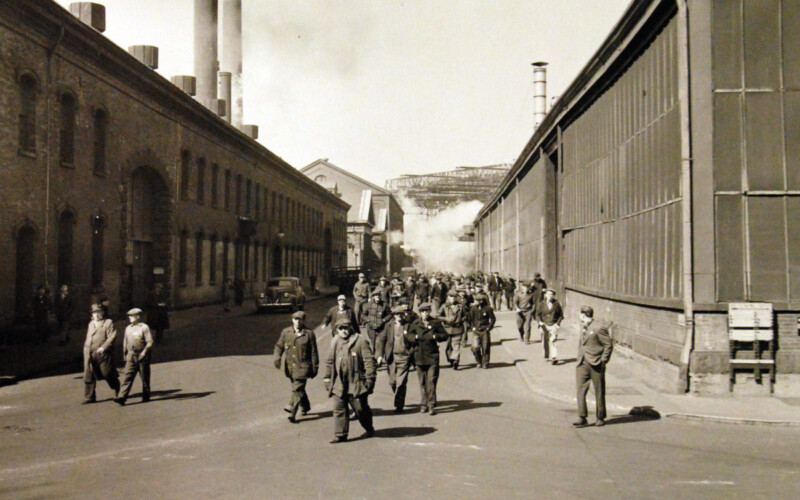We have experience hosting a range of audiences, from college classes to birthday parties to company outings, and we customize our tours to meet your group’s interests and needs.
Book a private tour today
April 6 marks the 104th anniversary of America’s entry into World War I, but the impacts of this global conflict were already being felt in New York City. Starting in …
Read more
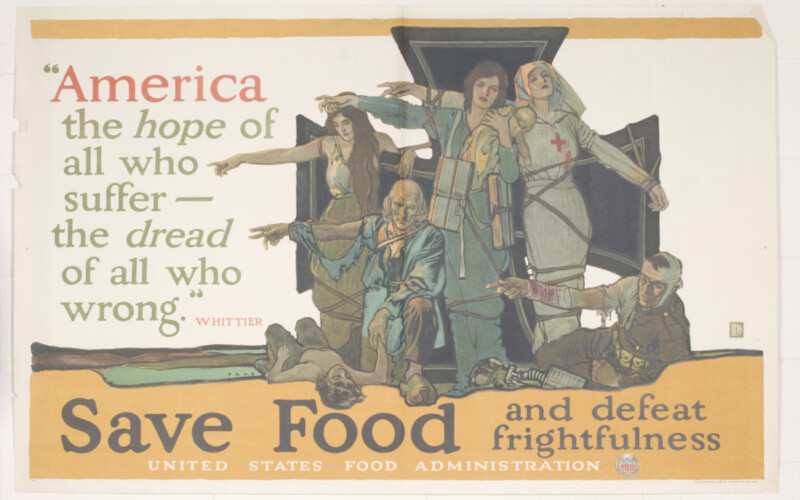
Food manufacturing has been a cornerstone of Brooklyn’s manufacturing economy for 150 years. Not only was the borough was home to some of the largest chocolate and confectionary makers in …
Read more
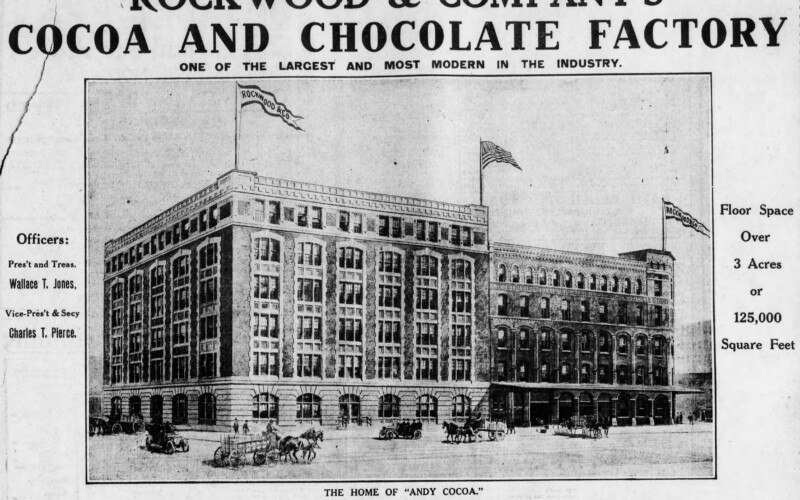
Before the celebrated images of “Rosie the Riveter” and “Winnie the Welder,” women served in a variety of roles at the Brooklyn Navy Yard, in uniform and as civilian workers. …
Read more
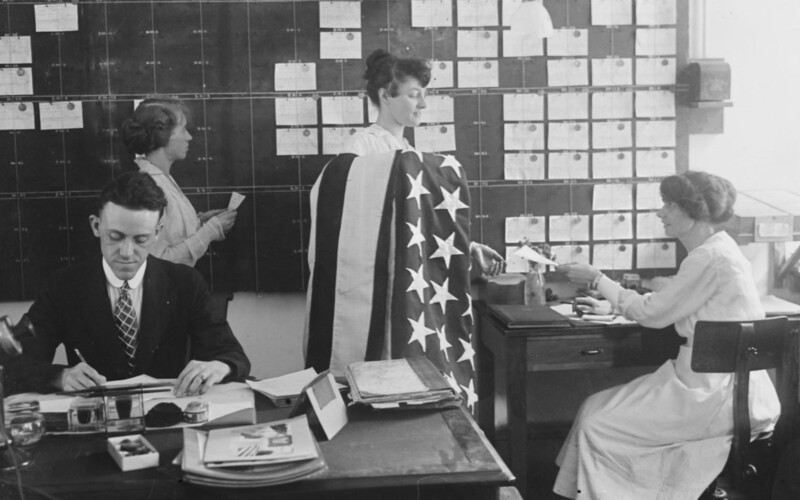
Celebrate International Women’s Day by exploring the past and present of women’s labor at the Brooklyn Navy Yard. Learn about the history from the early nineteenth century, when women sewed flags …
Read more
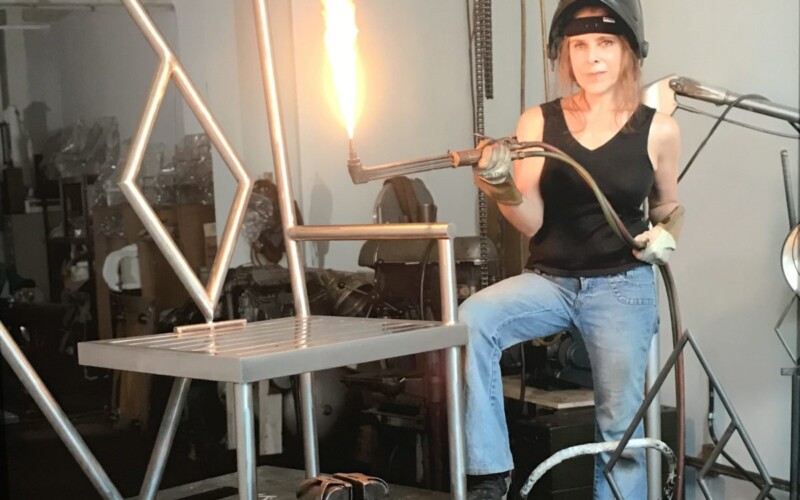
World War II came to a close in 1945, and looking back 75 years, it is hard to believe that Americans on the cusp of war in 1940 were as …
Read more
